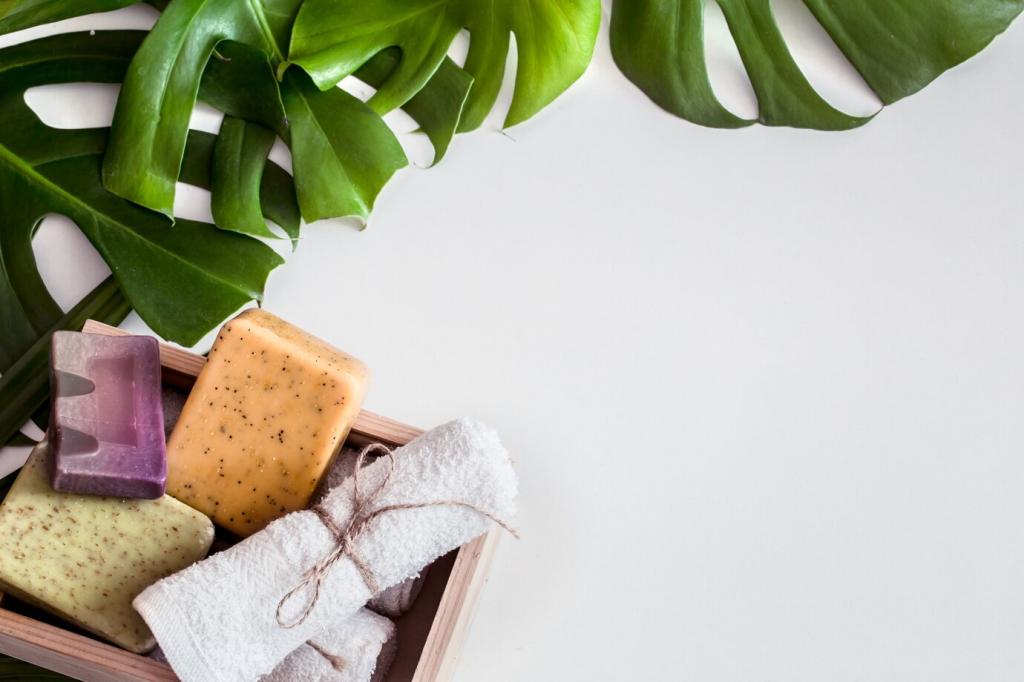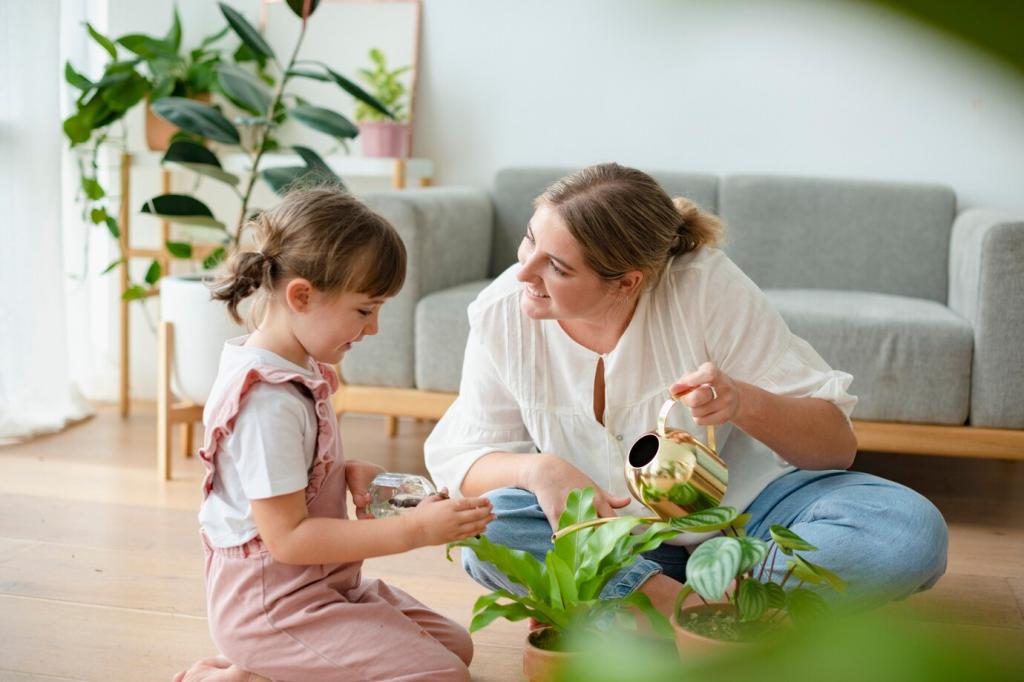Circularity: Keep Furniture in Use
Before buying new, consider sanding and refinishing with waterborne, low-VOC coatings. Many community workshops loan tools and share training. The transformation often feels like new furniture at a fraction of the footprint. Tag us when you complete your first planet-friendly refinish.
Circularity: Keep Furniture in Use
Use hyperlocal swap groups, charity shops, or campus exchanges to keep pieces circulating. Clean, photograph in natural light, and disclose flaws honestly. We once rescued a chipped chair that became a reading nook star. Share your best circular success story to inspire others.








